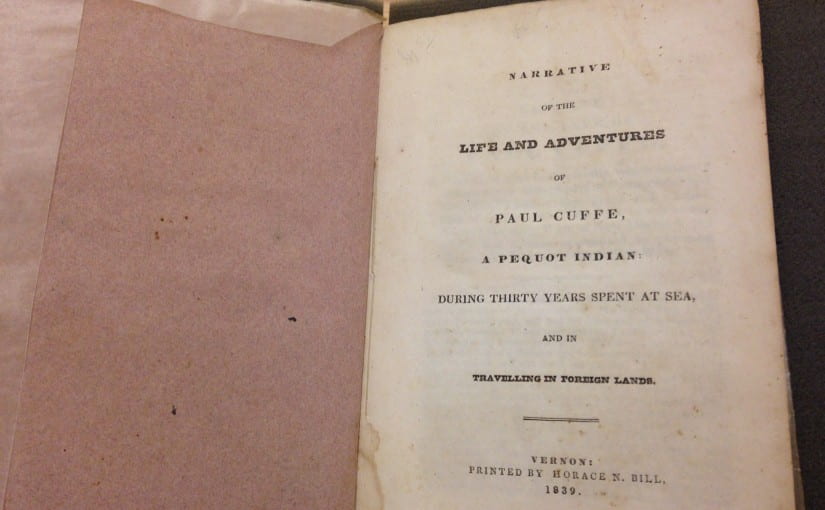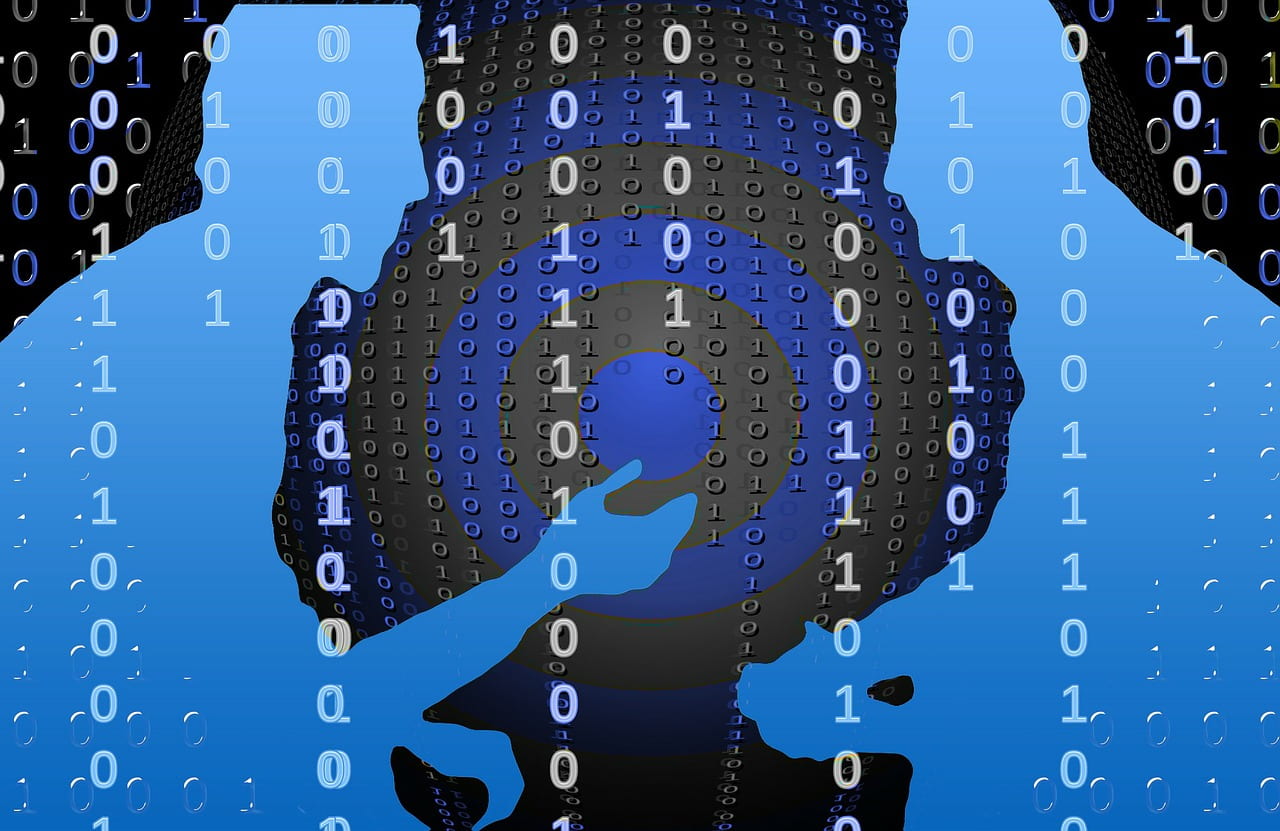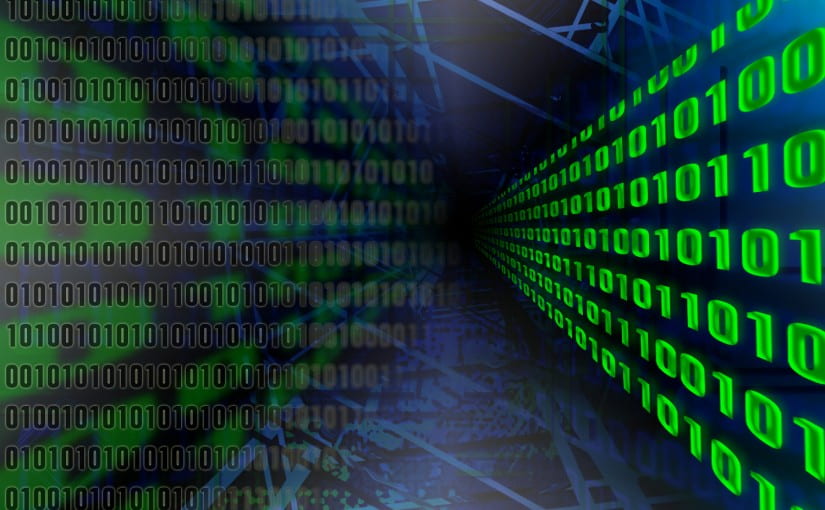Since June, my work for the Digital Scholarship Summer Internship at Amherst has been dominated by exploration. Throughout my time working as an intern this summer at Frost Library, I’ve had the opportunity to digitize nineteenth-century Emily Dickinson poems, attend data visualization conference workshops, consult with Native American scholars about digital scholarship possibilities for Amherst’s own Native American book collection, and contribute to this blog. The list goes on and on.
But this week ends on a different note as the supervising staff helped us mark deadlines for our final projects and its components. In late August, our DH initiative must transform from an abstract idea to an actual digital experience for others to explore. What we’re trying to do is develop an educational webspace featuring a few model projects in digital scholarship that could serve as examples for fellow undergraduate students, especially those unfamiliar with digital scholarship.



